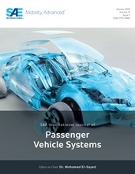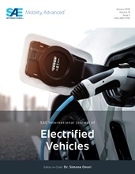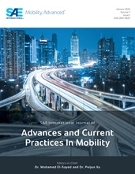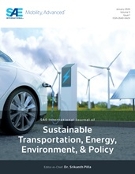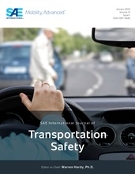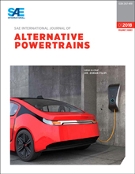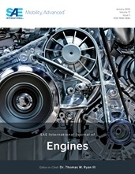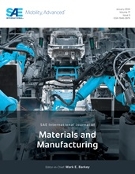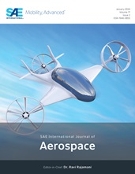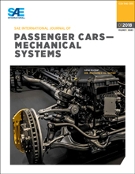Your Destination for Mobility Engineering Resources
Recently Published
Browse AllThis specification defines the requirements for A286 CRES T-bolts and eye bolts, with room temperature tensile strength of a minimum of 160000 psi, for use with clamps and V-band couplings at 1000 °F maximum ambient temperature.
The intent of this specification is for the procurement of the material listed on the QPL; therefore, no qualification or equivalency threshold values are provided. Users that intend to conduct a new material qualification or equivalency program must refer to the Quality Assurance section of the base specification, AMS6891.
This SAE Recommended Practice provides guidelines for the use, performance, installation, activation, and switching of marking lamps on Automated Driving System (ADS) equipped vehicles.
This SAE Recommended Practice was developed primarily for passenger car and truck applications but may be used in marine, industrial, and similar applications.
The scope of this report will document the various voltage levels and provide a rationale for each level as discussed and agreed to in the AE-7 committee.
The intent of this specification is for the procurement of the material listed on the QPL; therefore, no qualification or equivalency threshold values are provided. Users that intend to conduct a new material qualification or equivalency program must refer to the Quality Assurance section of the base specification, AMS6891.
